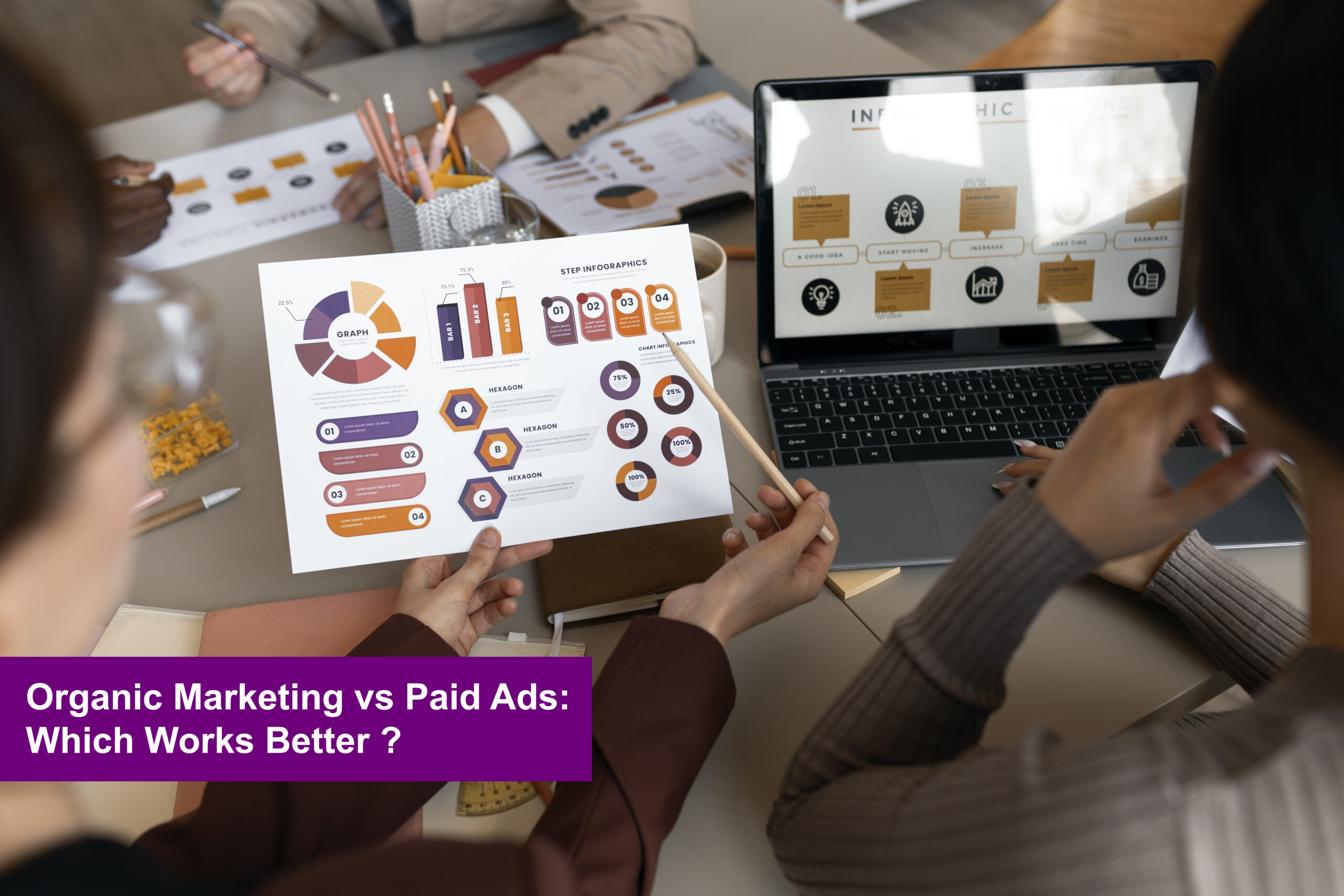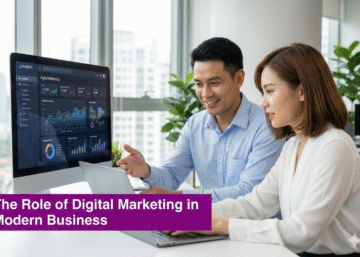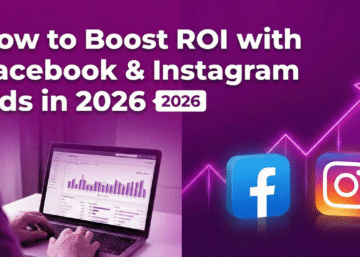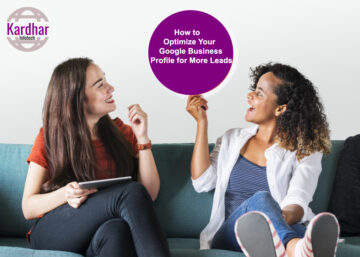In today’s fast-paced digital world, businesses are faced with a crucial decision—should they focus on organic marketing or invest heavily in paid advertising? Both strategies have their unique strengths and challenges, the landscape looks very different. Organic Marketing vs Paid Ads: Which Works Better is not just a question of budget; it’s about aligning with long-term branding goals, customer trust, and sustainable growth.
Organic marketing relies on building genuine connections through SEO, social media engagement, and content-driven strategies. Paid ads, on the other hand, offer instant visibility through platforms like Google Ads, Meta Ads, and PPC campaigns. With changing social media algorithms, rising ad costs, and evolving consumer expectations, businesses must carefully evaluate which approach delivers the best ROI. This article explores the pros, cons, and future of both methods to help you decide the right path .
Organic Marketing vs Paid Ads: Which Works Better?
At its core, organic marketing is about earning visibility, while paid ads are about buying visibility. Organic methods include SEO, blogging, social media engagement, and community building—strategies designed to grow steadily over time. Paid ads rely on platforms like Google Ads, Instagram Ads, and LinkedIn Ads to push businesses in front of target audiences almost instantly.
The choice between these approaches is more critical than ever. Organic reach continues to decline due to stricter algorithms, while paid advertising ROI is fluctuating because of rising competition and ad fatigue. For many brands, the smartest path is not choosing one over the other, but strategically blending both.
What is Organic Marketing ?
Organic marketing is stronger than ever, focusing on building authentic connections rather than chasing vanity metrics. Businesses are leveraging SEO, long-form content, and social communities to create sustainable growth.
-
SEO-driven strategies: Ranking high on Google through optimized content and backlinks.
-
Social media engagement: Using reels, live sessions, and interactive posts to engage users.
-
Community building: Platforms like Discord and LinkedIn groups help brands foster loyalty.
-
Content marketing trends : Blogs, podcasts, and video storytelling remain dominant.
Real-world example: A fashion brand that consistently publishes content about sustainable clothing attracts loyal customers who share and engage, creating long-term visibility without heavy ad spend. These organic growth strategies may take time, but they deliver lasting impact.
The Power of Paid Ads
While organic methods are powerful, paid ads remain the fastest way to get noticed . With platforms offering AI-driven tools, advertisers can target users with precision.
-
Google Ads : Smarter algorithms using AI to match intent-based searches.
-
PPC campaigns: Deliver immediate clicks and leads, ideal for time-sensitive promotions.
-
Social media ads: Platforms like Meta, TikTok, and LinkedIn are rolling out interactive ad formats.
The power of paid advertising lies in its ability to deliver instant visibility. However, it comes at a cost—higher competition drives CPC (Cost Per Click) rates up, making ROI harder to maintain. For businesses with larger budgets, this is an unbeatable strategy for fast growth, but for startups, it requires careful planning.
Key Differences Between Organic Marketing and Paid Advertising
Here’s a clear breakdown of organic marketing vs paid advertising :
-
Cost: Organic is cost-effective but time-consuming; paid requires constant budget allocation.
-
ROI: Organic strategies yield compounding returns over time; paid ads deliver immediate but short-lived results.
-
Trust: Consumers tend to trust organic results and recommendations more than paid promotions.
-
Speed: Paid ads bring instant traffic; organic strategies need patience.
-
Longevity: Organic visibility lasts; paid ads vanish once the budget stops.
This makes it clear that both approaches serve different but complementary roles.
Pros and Cons of Organic Marketing
Pros:
-
Cost-effective and budget-friendly.
-
Builds long-term trust and credibility.
-
Better for long-term branding strategies.
-
Content continues to generate traffic over time.
Cons:
-
Results are slower compared to paid campaigns.
-
Highly dependent on social media algorithms and Google ranking factors.
-
Requires consistent effort and content creation.
Pros and Cons of Paid Ads
Pros:
-
Instant reach and visibility.
-
Advanced targeting for specific demographics.
-
Scalable campaigns for rapid growth.
-
Great for product launches or seasonal promotions.
Cons:
-
Expensive over time, with rising CPCs.
-
Lower consumer trust compared to organic marketing.
-
Risk of ad fatigue—audiences may tune out repetitive ads.
-
ROI can drop if campaigns aren’t optimized properly.
Choosing the Right Strategy
-
Choose organic marketing if you’re building brand authority, trust, and a loyal community. Great for startups and businesses focused on sustainable growth.
-
Choose paid ads if you need fast visibility, traffic, and conversions for time-sensitive goals like product launches.
-
Hybrid approach: The most effective strategy is blending both—using organic for credibility and long-term reach, while leveraging paid ads for speed and targeted campaigns.
Example: A SaaS startup may use SEO and content marketing to build authority while running PPC campaigns for targeted lead generation. This balanced approach ensures steady growth without overspending.
Why Choose Kardhar Infotech
At Kardhar Infotech, we understand the balance between organic growth strategies and paid advertising ROI. Our digital marketing expertise covers:
-
SEO and organic marketing for sustainable visibility.
-
Paid campaigns (Google Ads, Meta Ads, PPC) optimized for maximum ROI.
-
Content marketing trends to boost brand authority.
-
Tailored strategies that blend organic and paid methods for long-term success.
Whether you’re a startup looking for cost-effective digital marketing or an enterprise seeking advanced PPC campaigns, Kardhar Infotech is your trusted partner in 2025 and beyond.








